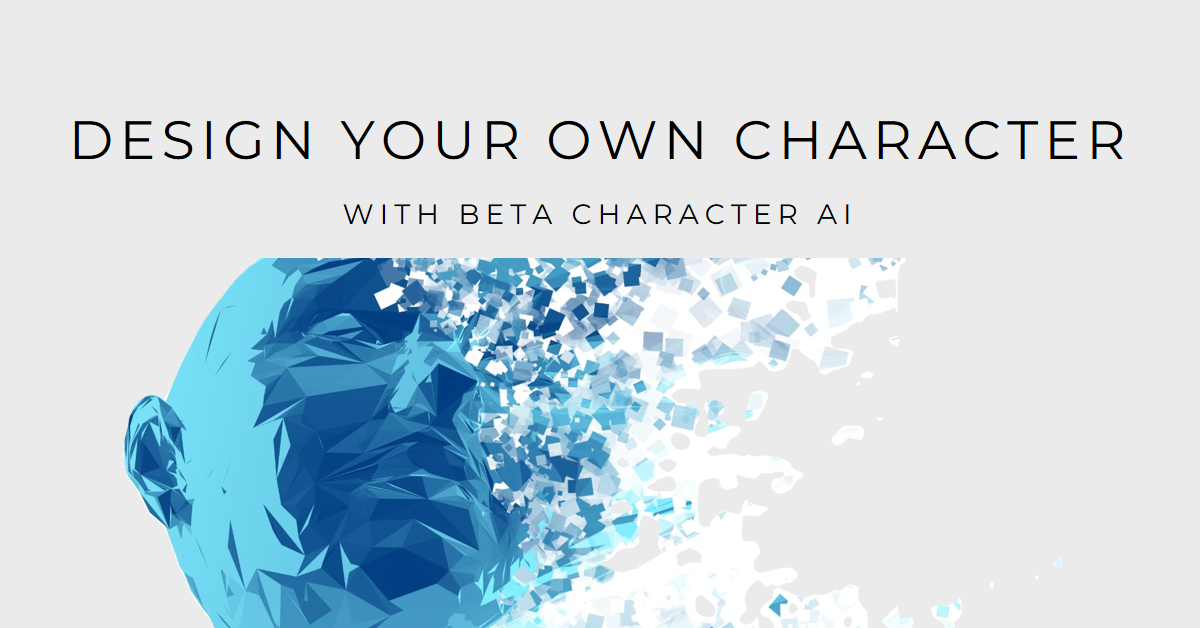In the advanced age, the network is vital, making the disappointment of experiencing issues like, they cannot identify server identity, particularly when it upsets the consistent experience we anticipate from our gadgets. These issues, generally detailed by iPhone clients, are not restrictive to a specific brand or stage. In this article, we’ll discuss the purposes of these blunders and give far-reaching answers to address this issue on both iPhones and Macintoshes.
Understanding the Issue:
Issues like the iPhone cannot verify server identity commonly happen when your gadget. In this situation, an iPhone or Macintosh can’t establish a solid association with the server it’s attempting to speak with. This might occur for different reasons, incorporating issues with endorsements, network settings, or clashing security programming, like McAfee SafeZone.
Problem Causes:
1. Authentication Issues:
Declarations are crucial to getting correspondence on the web. If the server’s testament has lapsed, is invalid, or doesn’t match the normal personality, raise the cannot verify server identity.
2. Network Settings:
Wrong organization settings, like an inaccurate date and time or a temperamental web association, can set off the error and cannot identify server identity.
3. Security Programming Clashes:
For instance, security software such as “McAfee SafeZone” may interfere with the server verification process. Designing these projects inappropriately can prompt a mistake, as it cannot verify the server identity McAfee safe zone.
How to Fix Cannot Verify Server Identity Issue? [Best Solutions]
The following solutions will help you fix the cannot verify server identity issues:
For iPhone Users:
Follow the straightforward steps below to fix the “cannot verify server identity iPhone” error.
1. Take a look at Date and Time Settings:
Guarantee that your iPhone’s date, time, and timezone settings are exact. Wrong time settings can prompt declaration check disappointments.
2. Reset Organization Settings:
Go to Settings > General > Reset > Reset Organization Settings. This can determine issues connected with network arrangements that may be causing the confirmation issue.
3. Clear Safari Store:
Assuming that the mistake happens while utilizing Safari, clearing the reserve could help. Explore Settings > Safari > Clear History and Site Information.
4. Update iOS:
Guarantee your iPhone is running the most recent iOS adaptation. Apple routinely delivers refreshes that incorporate bug fixes and security enhancements.
5. Check Testament Trust Settings:
Go to Settings > General > About > Testament Trust Settings. Guarantee that the testaments related to the server are trusted.
For Macintosh Clients:
By following the simple steps mentioned below, you can easily fix the cannot verify server identity issue through your Macintosh device.
1. Update macOS:
Like iPhones, keeping your Macintosh refreshed is vital. Go to the Apple menu > Framework Inclinations > Programming Update to check for and introduce suitable updates.
2. Keychain Access:
Open Keychain Access (you can track down it in Applications > Utilities) and the quest for the risky server’s endorsement. Erase it, and when incited, pick “Erase References.”
3. Change Date and Time:
Guarantee that your Macintosh’s date and time settings are right. Assuming they are mistaken, it can influence authentication approval. Go to Apple menu > Framework Inclinations > Date and Time to change.
4. Protected Mode:
Boot your Macintosh in ‘Experimental Mode’ to check if outsider programming, like security applications, is causing the issue. If the issue vanishes in Experimental Mode, consider uninstalling or refreshing the hazardous programming.
Other Solutions for Both Users:
1. Debilitate VPN and Intermediary:
If you are utilizing a VPN or intermediary server, briefly incapacitate it to check whether it settles the issue. In some cases, these administrations can impede the server confirmation process.
2. Confirm Authentication Subtleties:
When incited with the blunder, cautiously look at the declaration subtleties. If the declaration seems dubious or doesn’t match the normal personality, it very well may be a security concern.
3. Contact Server Executive:
Connect with the server director if you experience a blunder while getting to a particular site or server. They can furnish experiences into any continuous issues with their endorsements or server arrangements.
4. Update Security Programming:
Assuming you utilize security programming like McAfee SafeZone, guarantee it is exceptional. Take a look at the product’s settings to guarantee it isn’t causing clashes with the server confirmation process.
Conclusion:
iPhone cannot verify server identity, cannot verify server identity, and cannot verify server identity safe zone McAfee errors can be frustrating issues. However, with the proper troubleshooting steps, you can resolve them and restore smooth communication between your devices and servers. Whether you are using an iPhone or a Mac, the simple instructions provided here cover a range of possible causes for the error. Be sure to keep your devices updated, review network settings, and be aware of security software configurations to minimize the likelihood of experiencing these issues in the future.













